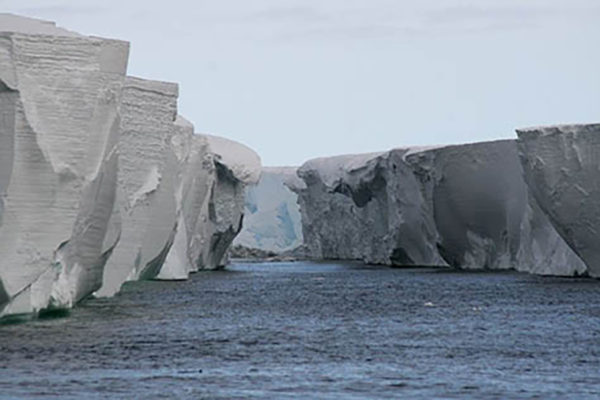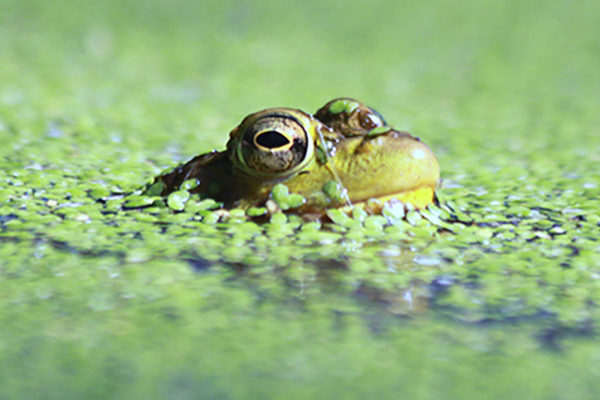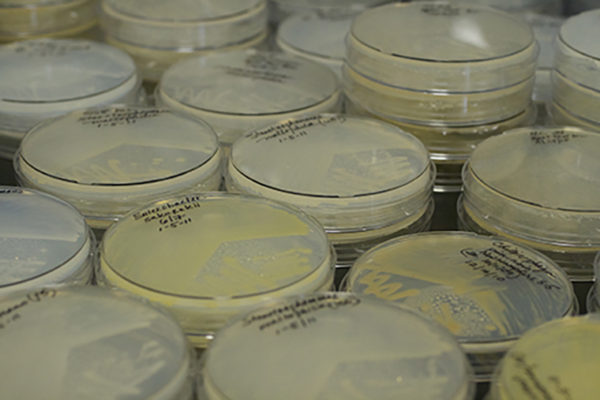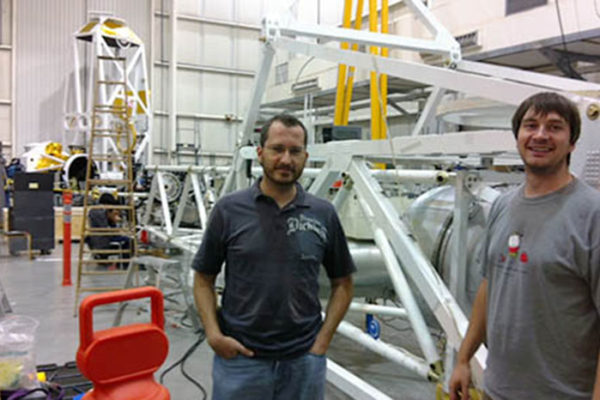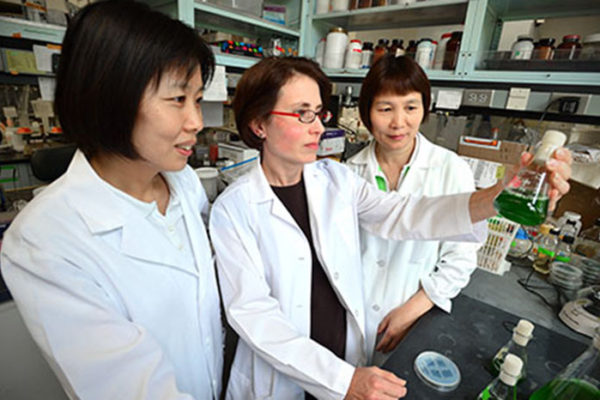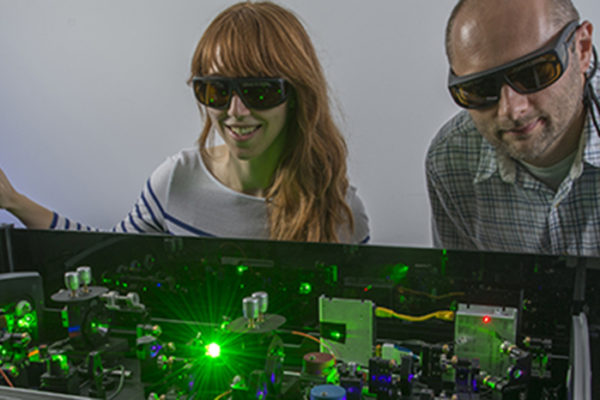Weighing the Antarctic ice sheet
The slow rebound of the bedrock as ice melts can be used to weigh the Antarctic ice sheet. Calibrating rebound will make it possible to measure how much mass the has lost since the ice sheets reached their maximum extent more than 20,000 years ago and how much it is currently losing. Two National Science Foundation grants will fund the installation of seismographs to calibrate crucial parts
of the Antarctic ice-weighing machine.
Einstein Public Lecture in Mathematics to focus on social networks
On Saturday, Oct. 19, Jon Kleinberg, the Tisch
University Professor at Cornell University, will deliver the American
Mathematical Society’s 2013 Einstein Public Lecture in Graham Chapel at Washington University in St. Louis. Kleinberg will discuss “Bursts, Cascades and Hot Spots: A Glimpse of Some Online Social Phenomena at Global Scales.” The talk,
which begins at 5 p.m., is free and open to the public.
Missouri ponds provide clue to killer frog disease
In Missouri, about a third of the ponds are infected with chytrid, the notorious skin fungus that has sickened and killed amphibians in other parts of the world. Why only a third, Washington University in St. Louis scientists wondered? A comprehensive study of the the ponds suggests there are hidden constraints on the survival of the fungus. One possibility is that invertebrates present in some ponds but not others allow the fungus to persist by acting as alternative hosts or reservoirs.
What historians have to say about global warming
The public discussion of global warming can feel very stuck at times. An innovative course at Washington University in St.
Louis offers a way forward by making available the efforts of historians
to integrate natural history and human history over the past 40 years.
Taught by Venus Bivar, PhD, assistant professor of history in Arts & Sciences, it is an
introduction to a discipline called environmental history, with a
special focus on climate change.
Model organism gone wild
Some wild clones of social amoebas farm the bacteria they eat, but this is a losing strategy if nonfarming amoebas can steal the farmers’ crops. To make the strategy work, the farmers also carry bacteria that secrete chemicals that poison free riders. The work suggest farming is complex evolutionary adaptation that requires additional strategies, such as recruiting third parties, to effectively defend and privatize the crops, the Washington University in St. Louis scientists say.
Balloon-borne astronomy experiment X-Calibur racing to hit wind window
In a few days, a balloon-borne telescope sensitive to
the polarization of high-energy “hard” X-rays will ascend to the edge of
the atmosphere above Fort Sumner, N.M. Once aloft, the telescope will stare at black holes, neutron stars
and other exotic astronomical objects that shine brightly in the X-ray part of the spectrum in order to learn about their nature and structure. After years of preparation, the X-Calibur team is racing to get the experiment mission-ready in time for the stratospheric wind event they hope to ride.
Committed to saving the planet?
The Online College Database has named Washington
University in St. Louis one of “50 Colleges Committed to Saving the
Planet” in recognition of its new environmental policy major. The College Database called the major “a rigorous
journey through the tangled web of politics, bureaucracies, public
opinion, regulation, the global political economy, sustainability,
global oil battles, climate change, genetically altered foods, air and
water quality, and biochemistry.”
Creating plants that make their own fertilizer
Much of modern agriculture relies on biologically
available nitrogenous compounds (called “fixed” nitrogen) made by an
industrial process developed by German chemist Fritz Haber in 1909. Himadri Pakrasi, PhD, a scientist at Washington University in St. Louis, thinks it should be possible to design a better
nitrogen-fixing system. His idea is to put the apparatus for fixing
nitrogen in plant cells, the same cells that hold the apparatus for
capturing the energy in sunlight. The National Science Foundation just awarded Pakrasi and his team $3.87 million to explore this idea further.
Lab-made complexes are “sun sponges”
In the Aug. 6, 2013, online edition of Chemical Science, a team of scientists describes a testbed for light-harvesting antennas, the structures that capture the sun’s light in plants and bacteria. Prototype designs built on the testbed soak up more of the sun’s spectrum and are far easier to assemble than synthetic antennas made entirely from scratch. They offer the best of both worlds, combining human synthetic ingenuity with the repertoire of robust chemical machinery selected by evolution.
Frédéric Moynier awarded 2013 Kuno Prize
Frédéric Moynier, PhD, associate professor of earth
and planetary sciences in Arts & Sciences, has been named the
recipient of the 2013 Hisashi Kuno award given by the American
Geophysical Union.
The award is given annually to recognize the scientific
accomplishments of junior scientists who make outstanding contributions
to the fields of volcanology, geochemistry and petrology.
View More Stories
